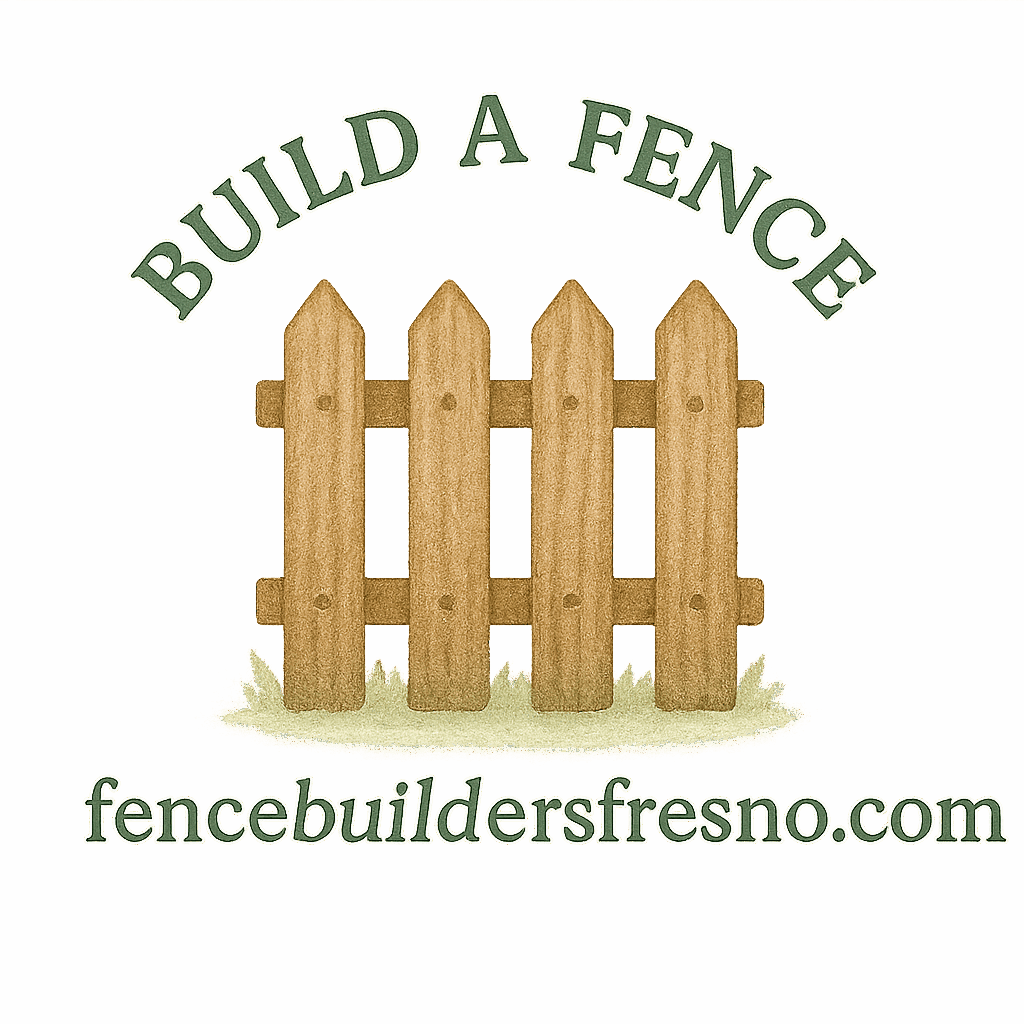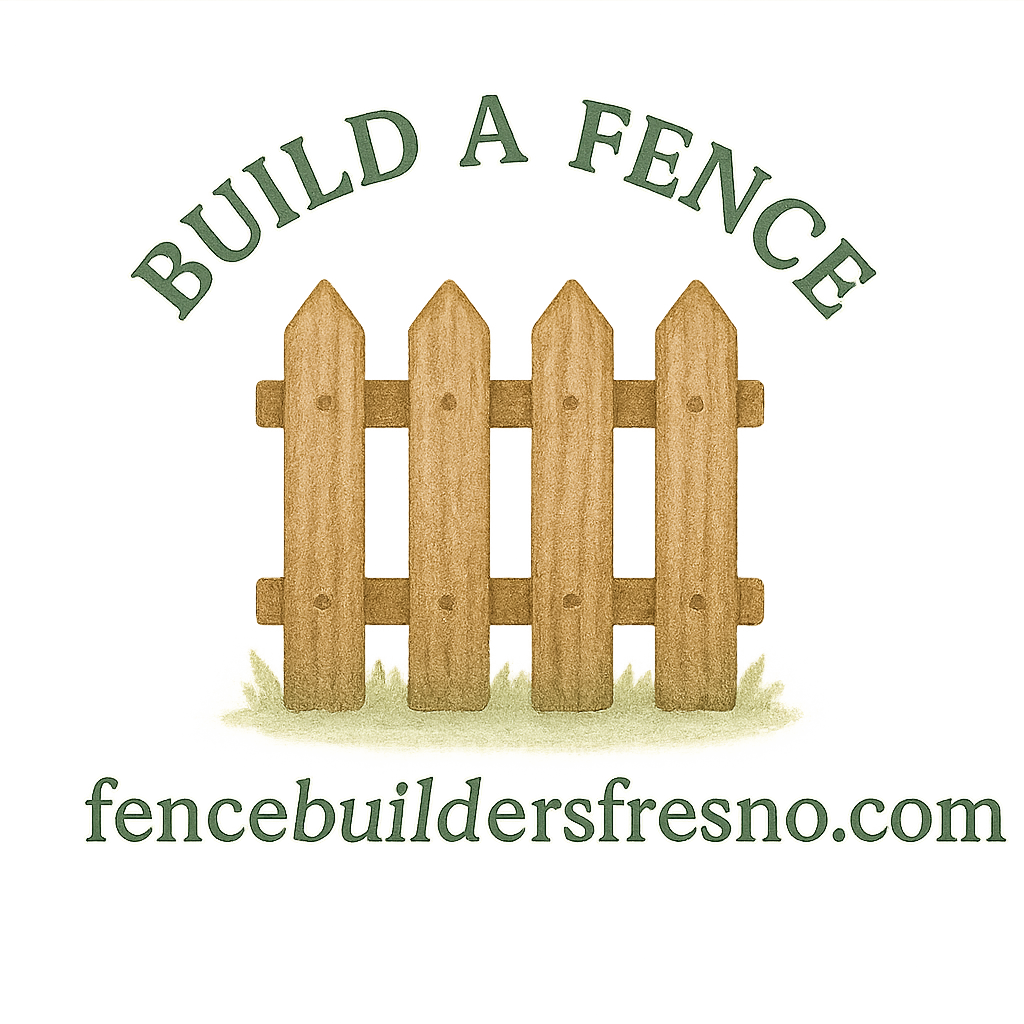Introduction
Fences are no longer just wooden planks nailed together to mark boundaries. Today, homeowners are leaning toward modern fencing materials that bring both style and function to their properties. With so many innovative options available, DIY fencing planning has taken an exciting turn. Whether you’re trying to boost curb appeal, secure your home, or add privacy, these new materials are changing the way we approach fence building.
Why DIY Fencing Planning Matters
Saving Costs Without Cutting Corners
One of the biggest perks of DIY fencing is cost savings. Hiring contractors can double or even triple your project expenses. But with smart material choices and careful planning, homeowners can achieve professional-looking results without draining their wallet.
Customization and Personal Touch
DIY fencing lets you put your personality into the project. Unlike generic pre-built options, you can tailor your fence to match your home’s design, landscaping, and lifestyle. That’s why choosing the right material is the first and most crucial step in your fence planning journey.
The Evolution of Fence Materials
From Wood to Innovative Options
Traditionally, fences were built from wood because it was widely available and easy to work with. However, wood requires constant upkeep and struggles with durability over time. That’s where modern materials step in, offering low-maintenance, long-lasting alternatives.
Balancing Durability and Style
Modern homeowners want fences that not only last but also look great. The new generation of materials balances resilience with aesthetics—making DIY fencing planning more versatile than ever before.

Material #1: Vinyl Fencing
Benefits of Vinyl in DIY Projects
Vinyl has become a go-to fencing material for homeowners who want a clean, modern look without the headaches of upkeep.
Low Maintenance Advantage
Vinyl fences don’t rot, peel, or require repainting. A quick hose-down is usually all it takes to restore their shine, making them perfect for busy homeowners.
Style Flexibility
From picket fences to privacy panels, vinyl comes in a variety of styles and colors, allowing DIYers to easily match their design goals.
Material #2: Composite Fencing
Eco-Friendly Design Choice
Composite fencing is made from a blend of recycled wood fibers and plastic. This not only reduces waste but also provides a greener alternative to traditional lumber.
Long-Lasting Durability
Unlike wood, composite doesn’t splinter or warp. It’s designed to withstand harsh weather conditions, making it a reliable choice for long-term DIY projects.
Material #3: Bamboo Fencing
Sustainability and Natural Aesthetic
Bamboo is one of the most sustainable building materials on the planet. Its natural beauty adds a unique touch to any yard while being environmentally friendly.
Lightweight and Easy Installation
Because bamboo is light, it’s easier for DIYers to handle compared to heavy materials like steel. Pre-rolled bamboo panels also simplify installation.
Material #4: Metal Fencing (Aluminum & Steel)
Security Meets Modern Design
Metal fences are perfect if you’re looking for both strength and elegance. Aluminum offers a lightweight option, while steel delivers maximum security.
Rust-Resistant Coatings
Modern manufacturing has improved metal fencing with powder-coated finishes that prevent rust and extend lifespan, reducing maintenance needs.
Material #5: Recycled Plastic Fencing
Green Choice for Eco-Conscious Homeowners
Made entirely from recycled plastics, this fencing type helps reduce landfill waste while providing a sleek and modern look.
Strength Beyond Expectations
Despite being lightweight, recycled plastic fences are surprisingly durable and resistant to rot, pests, and moisture damage.
Material #6: Glass Fencing
Minimalist Appeal
Glass fencing is gaining popularity, especially around pools and modern homes. It provides a sleek, unobstructed view while still offering safety and boundaries.
Safety Considerations for DIY
Installing glass requires precision, so it might be more challenging for first-time DIYers. However, with the right tools and guidance, it can elevate your home’s aesthetics like no other material.
Material #7: Living Fences (Green Walls)
Blending Nature with Function
Living fences use plants such as hedges, ivy, or vertical gardens to create a natural boundary. They provide shade, beauty, and even environmental benefits like air purification.
Maintenance Challenges and Rewards
The main challenge is upkeep—trimming, watering, and pest control. But the reward is a living, breathing fence that evolves with time.
Key Considerations in DIY Fence Planning
Property Lines and Legal Aspects
Before you dig, always confirm property boundaries. Disputes with neighbors can arise if your fence crosses property lines. Check local regulations and permits to avoid costly mistakes. Learn more about property rights here.
Budget and Time Management
Set a realistic budget and timeline. Some modern materials may have higher upfront costs but save money in maintenance over time.
Tools and Skills Needed
While some materials like bamboo and vinyl are DIY-friendly, glass and metal might require advanced tools or professional assistance.
Combining Modern Materials for Unique Designs
Mixing Functionality with Creativity
Hybrid fences—like combining wood with metal or vinyl with bamboo—are trending. These designs bring out the best features of each material.
Case Examples of Hybrid Fences
Imagine a steel frame with bamboo infill: modern, strong, and eco-friendly. Or a glass fence topped with aluminum rails for durability and elegance.
DIY vs Professional Fence Installation
When DIY Makes Sense
If you’re confident in your skills and working with easy-to-handle materials, DIY can save money and add personal satisfaction.
When to Call a Pro
For complex installations like glass fencing or large metal structures, hiring professionals ensures safety and precision.
Long-Term Maintenance of Modern Fences
Care for Different Materials
Vinyl and recycled plastic need minimal upkeep, while bamboo and living fences require consistent attention. Knowing what you’re signing up for is key to satisfaction.
Preventing Common Issues
Regular cleaning, applying protective coatings, and inspecting for wear and tear can extend your fence’s lifespan.
Future Trends in DIY Fencing Materials
Smart Tech Integration
Imagine fences with built-in solar lighting, sensors, or even Wi-Fi extenders. The future of fencing is as much about technology as it is about boundaries.
Sustainable Innovations
As eco-friendly living becomes mainstream, expect more recycled and renewable materials in fencing design.
Conclusion
DIY fencing planning is evolving fast, thanks to innovative materials that offer style, durability, and eco-friendliness. From vinyl to living fences, homeowners now have exciting options that go beyond traditional wood. Whether you’re after low maintenance, sustainability, or modern aesthetics, these seven materials can transform your outdoor space while keeping your budget in check.
FAQs
1. What is the easiest modern fencing material for DIY projects?
Vinyl fencing is the easiest due to its lightweight panels and snap-together designs.
2. Are modern fencing materials more expensive than wood?
Initially, yes. However, they save money long-term because they require less maintenance and last longer.
3. Can I mix different fencing materials in one project?
Absolutely! Hybrid fences are becoming very popular for both function and style.
4. How eco-friendly are recycled plastic fences?
They’re highly sustainable since they repurpose waste plastics that would otherwise end up in landfills.
5. Do bamboo fences last as long as vinyl or composite?
Not quite, but with proper sealing and care, bamboo can last many years while offering natural beauty.
6. Is glass fencing safe for homes with kids?
Yes, as long as you use tempered safety glass and follow installation guidelines.
7. Do I need a permit to build a modern fence?
In most areas, yes. Always check local codes before starting your project.


